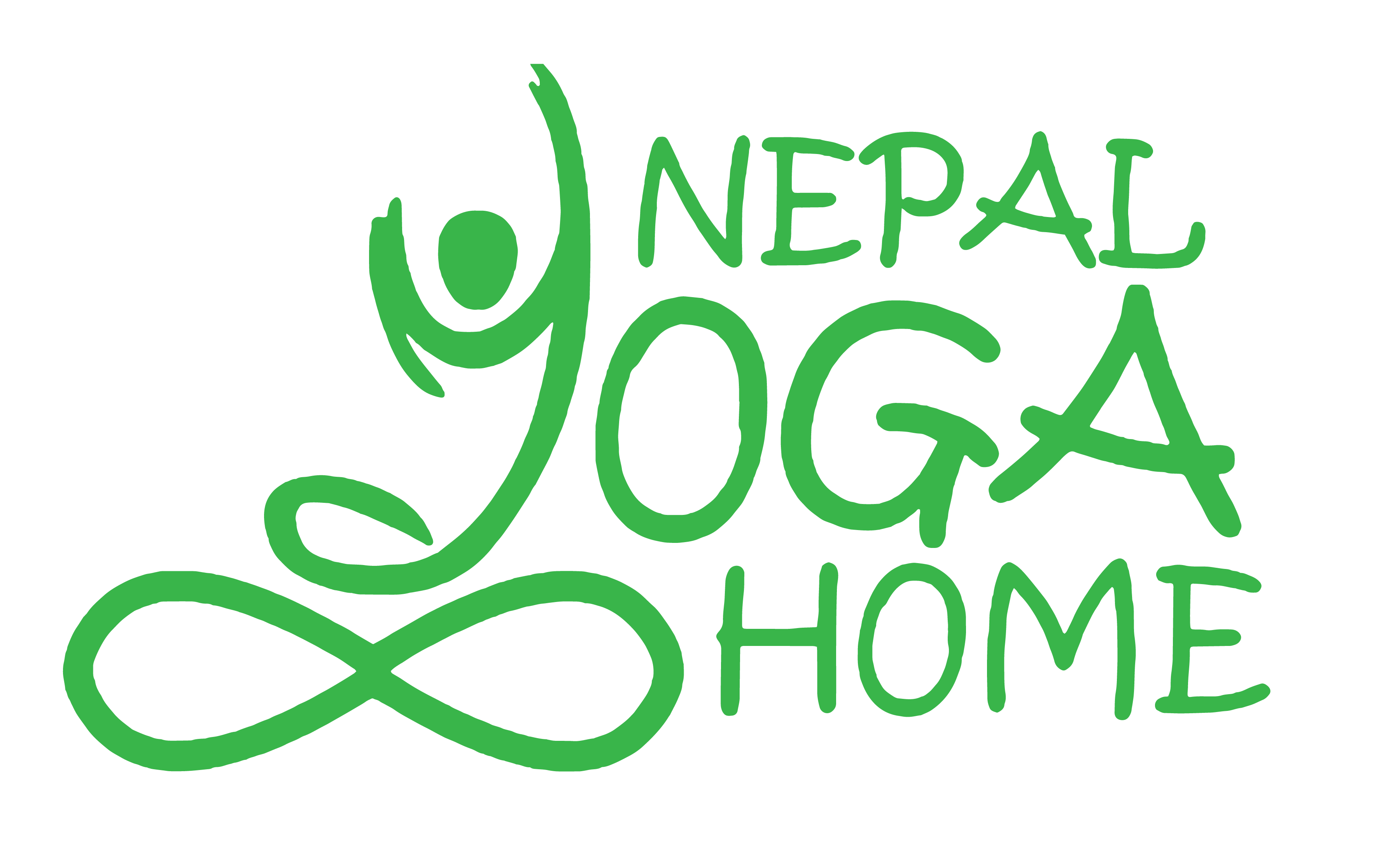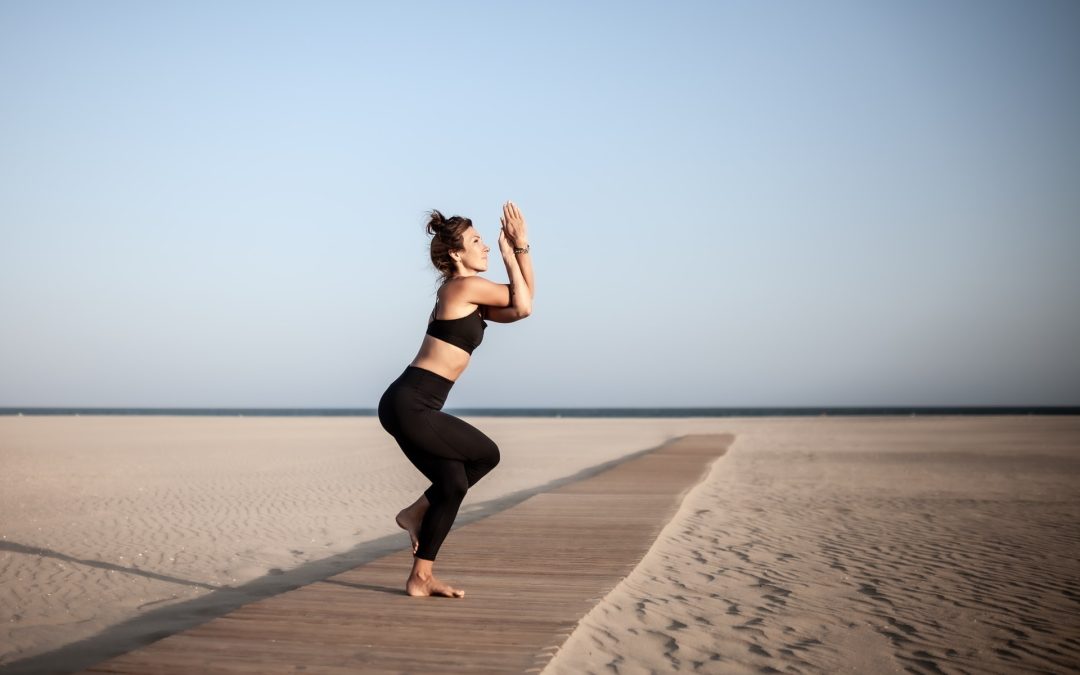Introduction Restorative Yoga
Ever felt like the world’s noise just won’t turn down? Like a body’s tightly wound spring, ready to snap? That’s when restorative yoga steps in, not with a loud proclamation, but a soft whisper, something like when it’s time to rest. When our body nestles in cozy blankets, our mind finally gives the permission to pause. Restorative Yoga is the quiet hero of Yoga Styles. No sweat, no struggle. Instead, it’s like a warm hug for the nervous system, coaxing it into the long-forgotten art of relaxation.
What is Restorative Yoga?
It’s not about achieving picture-perfect poses or pushing limits. Quite the opposite, actually. It’s about letting go. Imagine yourself in a dimly lit room, with soft music playing and lavender filling the air. Your body draped over a bolster, held by props designed to support every curve. Time slows, your breath deepens, and stillness takes over.
This isn’t just anecdotal. Science supports the transformative power of restorative yoga. Unlike more active forms of yoga which stimulate and energize, restorative poses help activate the parasympathetic nervous system. This is our body’s “rest and digest” mode, the opposite of fight or flight. When engaged, our heart rate slows, blood pressure stabilizes, and stress hormones like cortisol drop. It’s like giving our body a mini-vacation from the chaos of life.
Think of it as recharging your internal battery. Life drains us—mentally, physically, emotionally. Restorative yoga is the charger that fills you back up. Even ten minutes in a supported child’s pose can feel like hitting the reset button.
The History Behind Restorative Yoga
Historically, restorative yoga stems from Iyengar Yoga, which emphasizes alignment and the use of props. B.K.S. Iyengar, a pioneer of modern yoga, believed that props could make poses accessible to everyone, regardless of their physical condition. From this foundation, Judith Hanson Lasater developed restorative yoga as we know it today, focusing on rest and healing
What makes Restorative Yoga unique?
Props. Lots of props. Bolsters, blocks, blankets—they can be all the materials needed for restorative yoga. These tools cradle the body, allowing it to fully relax into each pose. No straining, no stretching to the limit. The goal isn’t flexibility; it’s restoration.
Let’s dive into a story. There was a man, mid-40s, juggling work deadlines and family responsibilities. The weight of it all began to show—aching shoulders, restless nights, and a short temper. A friend suggested restorative yoga, but he scoffed at the idea of “just lying there.” Yet, curiosity got the better of him. During his first session, he found it almost unbearable to be still. His mind raced, listing emails to send and errands to run. But by the third pose, something shifted. The tightness in his chest loosened. By the end of the class, he sat in silence, feeling lighter than he had in years.
But let’s not underestimate the challenge of stillness. For many, it’s uncomfortable at first. We’re so used to “doing” that “being” feels unnatural. The mind resists, flitting from thought to thought. That’s normal. Over time, though, you learn to welcome this stillness. It’s like the surface of a turbulent lake eventually settling into glassy calm.
Each pose is held for several minutes, sometimes up to 20. This extended time allows the body to truly let go, layer by layer. Imagine peeling an onion, each layer representing a bit of stress or tension you’ve been carrying. By the end, you’re left with a core of ease and peace.
Emotional and Physical Benefits of Restorative Yoga
Now let’s talk about emotions. Don’t be surprised if tears well up during a session. Restorative yoga creates a safe space for emotions to surface and release. We store stress, trauma, and pain in our bodies. When the body relaxes, so does its grip on these hidden burdens. It’s not uncommon to leave a session feeling emotionally lighter, as though a weight you didn’t realize you were carrying has been lifted.
And it’s not just about the mind or emotions. The physical benefits are profound. Chronic pain, insomnia, fatigue—these modern plagues find a balm in restorative yoga. Poses like legs-up-the-wall improve circulation and reduce swelling. Supported bridge pose can relieve back pain and aid digestion. The gentle pressure of a bolster on your abdomen during a forward fold stimulates the vagus nerve, promoting deep relaxation.
A body is like a garden. Stress, poor posture, and lack of rest are weeds that choke its vitality. Restorative yoga is the gardener, carefully pulling out the weeds, watering the soil, and letting the sun in. Over time, the garden flourishes.
How To Practice Restorative Yoga?
Let’s try a simple practice. Lie down on your back with a pillow under your knees. Place a folded blanket over your abdomen for a grounding effect. Close your eyes. Inhale slowly through your nose, counting to four. Hold for a moment, then exhale for a count of six. Repeat this for five minutes. Notice how your body begins to feel heavier, sinking into the floor, as though it’s saying, “Ah, finally.” This is the essence of restorative yoga.
But who is this practice for? Everyone. The busy parent, the corporate professional, the student cramming for exams, the athlete recovering from an injury. You don’t need to be flexible or experienced. You just need to show up and surrender to the process.
Here’s a challenge: Commit to one session of restorative yoga a week for a month. Notice the shifts—not just in your body, but in your mind and spirit. You might find yourself sleeping better, handling stress with more grace, or simply feeling more connected to yourself.
Tips for a Successful Practice
- Create a Calm Environment
Choose a quiet, dimly lit space. Use candles or essential oils like lavender to create a relaxing atmosphere. - Use Props Generously
Don’t skimp on support. Bolsters, blankets, blocks, and even eye pillows make all the difference. - Be Patient
Stillness can feel uncomfortable at first, especially if you’re used to being constantly busy. Give yourself time to adjust. - Practice Regularly
Consistency is key. Even one session a week can yield significant benefits over time.
Conclusion
Imagine a world where rest is as celebrated as productivity. Where taking time for restorative yoga isn’t seen as indulgent but essential. Where we honor our bodies’ need for rest just as much as we push them to perform. There’s a beauty in surrender, in letting go of the need to always be in control. Restorative yoga teaches us this subtle art. It reminds us that healing doesn’t require effort; it requires presence.
In the end, restorative yoga isn’t just about the poses or the props. It’s about creating space—for rest, for healing, for yourself. So, the next time life feels overwhelming, remember: There’s power in stillness. All you need to do is show up, breathe, and let restorative yoga work it’s quiet magic.
For more blogs visit on our Nepal Yoga Home blog section.

